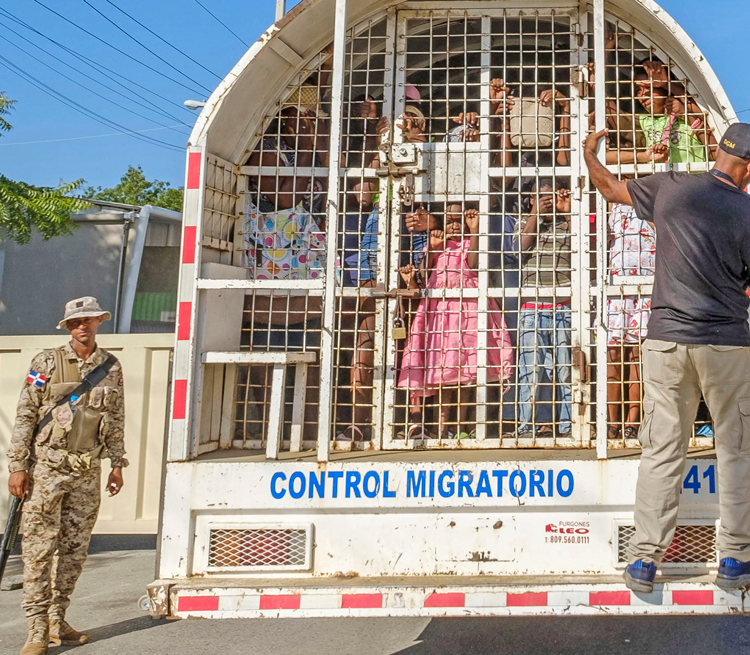More than 71,000 Haitian immigrants and others have been deported to Haiti by the government of the Dominican Republic since October. Trucks fitted with metal cages normally used for livestock line up every morning at the Elías Piña border between the two countries to be loaded with workers and children, including some people who’ve never lived in Haiti and some snatched up just because they’re black.
Dominican President Luis Abinader announced on Oct. 2 a campaign to deport 10,000 immigrants per week. The date marks the anniversary of the 1937 massacre of 20,000 Haitians and Haitians-by-descent ordered by then-dictator Rafael Trujillo.
Today, as many as 1 million Haitians live and work in the Dominican Republic. One of the poorest countries in the world, Haiti has no semblance of a bourgeois-democratic government. Rival capitalist gangs and political parties are vying for power as thugs control the capital, Port-au-Prince. Thousands have been killed, hundreds of thousands have been displaced from their homes, and much of the infrastructure destroyed. Earthquakes in 2010 and 2021, a hurricane in 2016, and the re-emergence of cholera in 2022 only added to the disastrous conditions.
The capitalist rulers in the Dominican Republic are exploiting the deep economic, political and social crisis in Haiti to fan reactionary nationalist sentiments. They hope to use divisions among workers to mask their profit-driven attacks on wages, working conditions and government social programs.
Haitian workers make up a significant portion of the working class in the Dominican Republic, in construction, agriculture and the sugar cane industry. The Sugarcane Workers Union fights against the government’s anti-immigrant and deportation campaign, which, they explain, defends the interests of the sugar barons and other capitalists.


